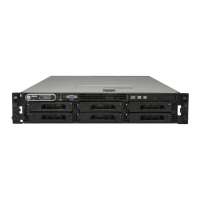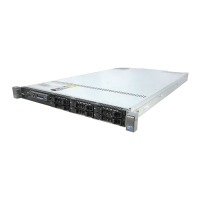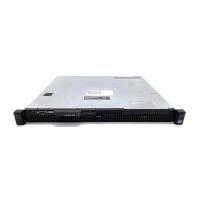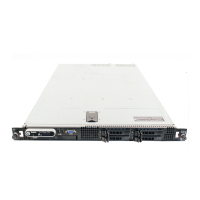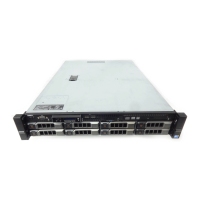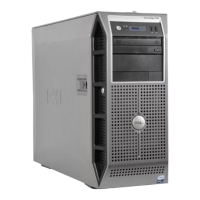Running the Dell Diagnostics 5-9
because they require user interaction. Use Pause for User Response in situations
where you may want to prevent subtests that require user interaction from running—
such as when you run the diagnostics overnight.
2XWSXW'HYLFHIRU6WDWXV0HVVDJHV
Ordinarily, all status messages appear only on the screen. Output Device for Status
Messages allows you to direct status messages to either a printer or a file, in addition
to the screen. If you choose the File option, status messages are written to a file
named result. This file is automatically created on a diskette in drive A when you run
the diagnostics. If the result file already exists on the diskette, then new status mes-
sages are added to it.
The result file is an ordinary American Standard Code for Information Interchange
(ASCII) text file. You can access the result file with the MS-DOS
®
type command as
follows:
1. Select Quit to exit the diagnostics and return to the operating system prompt.
2. At the operating system prompt, type the following command and press
<Enter>:
W\SHUHVXOW
The contents of the file appear on the screen.
After running particular diagnostic tests and viewing the status messages generated
by the tests in the result file, you can erase the contents of the file so that it is clear
for the next set of messages generated. Otherwise, the next messages are added at
the end of the previous ones in the file.
2XWSXW'HYLFHIRU(UURU0HVVDJHV
Ordinarily, all error messages appear only on the screen. Output Device for Error
Messages allows you to direct error messages to either a printer or a file, in addition
to the screen. If you choose the File option, error messages are written to the result
file used for status messages. This file is automatically created on a diskette in drive A
when you run the diagnostics. If the result file already exists on the diskette, then
new error messages are added to it.
The result file is an ordinary ASCII text file. You can access and review the result file
with the MS-DOS type command as described in the previous subsection, “Output
Device for Status Messages.”
After running particular diagnostic tests and viewing the error messages generated by
the tests in the result file, you can erase the contents of the file so that it is clear for
the next set of messages generated. Otherwise, the next messages are added at the
end of the previous ones in the file.

